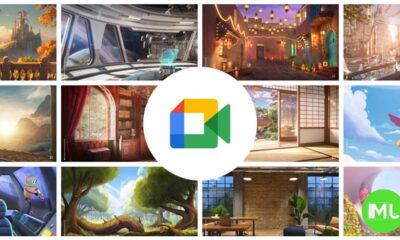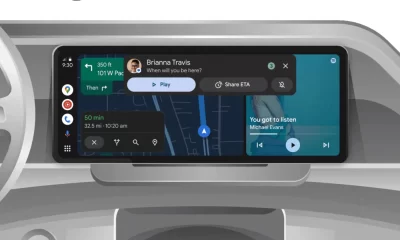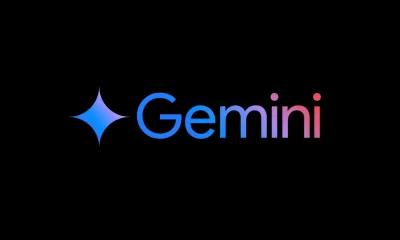Google’s Pixel Tablet journey hits a roadblock: Pixel Tablet 3 Shelved

Google appears to be stepping back from its ambitious tablet plans, as reports confirm the cancellation of the Pixel Tablet 3. The device, internally known as “Kiyomi,” was in early development before the project was officially scrapped. Here’s an in-depth look at what this means for Google’s tablet strategy and what led to this shift.
A History of Mixed Commitments
Google’s relationship with tablets has been tumultuous. After withdrawing from the tablet market in 2019, the company surprised many by launching the Pixel Tablet in 2023. The device was positioned as a premium yet affordable alternative to market leaders like Apple’s iPad and Samsung’s Galaxy Tab series. Despite its novel speaker dock, the Pixel Tablet struggled to position itself as a standout product, appearing more suited for casual use than professional or creative tasks.
Why the Pixel Tablet 3 Was Canceled
Multiple sources have indicated that Google’s decision was finalized after internal reviews, with resources from the Pixel Tablet 3 redirected to other initiatives. This decision suggests a shift in Google’s priorities, reflecting challenges in competing with well-established brands in the tablet market. The cancellation also raises questions about the future of Google’s hardware innovations, particularly for larger-screen devices.
Pixel Tablet’s Current Standing
The Pixel Tablet’s most notable feature is its inclusion of a charging speaker dock, which transforms it into a makeshift smart home hub. However, the tablet itself lacks the hardware sophistication to compete with devices like the iPad Pro or Galaxy Tab S9. While it succeeded in being budget-friendly, it fell short in providing features that power users or professionals demand.
The Implications for Future Tablets
Interestingly, some leaks suggest that Google’s long-term tablet vision isn’t entirely dead. Rumors about a Pixel Tablet 3 concept highlighted potential upgrades, such as a second USB-C port with DisplayPort capabilities for connecting external monitors, aimed at creating a more desktop-like experience. If realized in future devices, these features could redefine Google’s role in the tablet space. However, the immediate cancellation of the Pixel Tablet 3 reflects broader uncertainties about whether Google can fully commit to developing competitive hardware in this segment.
What Lies Ahead
While Google’s hardware ambitions appear scaled back, its software team continues enhancing Android for tablets and foldable devices. Efforts like improved desktop modes and multi-window interfaces for Android are still underway, suggesting Google is laying the groundwork for better user experiences, even if its own tablets take a backseat.
The fate of the Pixel Tablet series now rests on whether Google can pivot effectively to create a device that combines affordability with innovative, professional-grade features. For now, the Pixel Tablet 2, anticipated in 2024, might carry the torch, but it will face significant challenges in meeting heightened expectations following this development.
Google Meet gets a fresh new look with Material 3 design
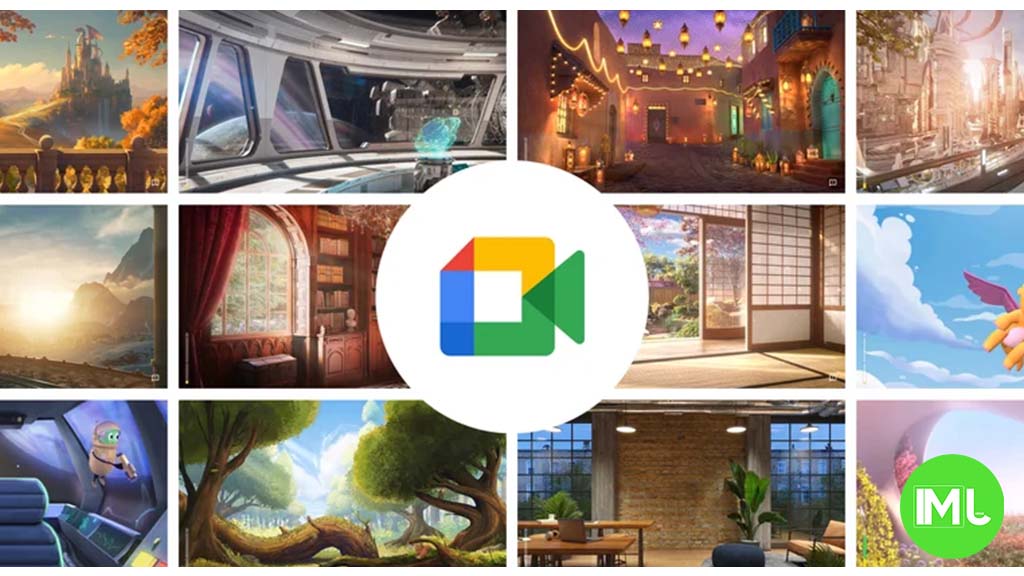
Google Meet is getting a big update to its look, thanks to the new Material 3 design. This change brings a cleaner and more modern style to the video calling app, making it easier and more enjoyable to use.
With Material 3, Google Meet now has rounder buttons, softer colors, and better spacing between elements. The main controls, like the microphone, camera, and end call buttons, are now larger and easier to tap. The icons and text are also clearer, which helps users find what they need quickly during a call.
Another improvement is the new “expressive” color system. This feature lets the app’s colors match your device’s wallpaper or theme, giving each user a unique and personalized experience. The changes also make Google Meet more accessible, as the new design is easier to read and use for everyone, including people with vision difficulties.
These updates are rolling out to both web and mobile versions of Google Meet. Google says the new look will help people feel more comfortable and focused during their meetings. Overall, the Material 3 update makes Google Meet not only look better but also work better for all its users.
Android
Easy ways to change Android Auto’s look with light and dark themes
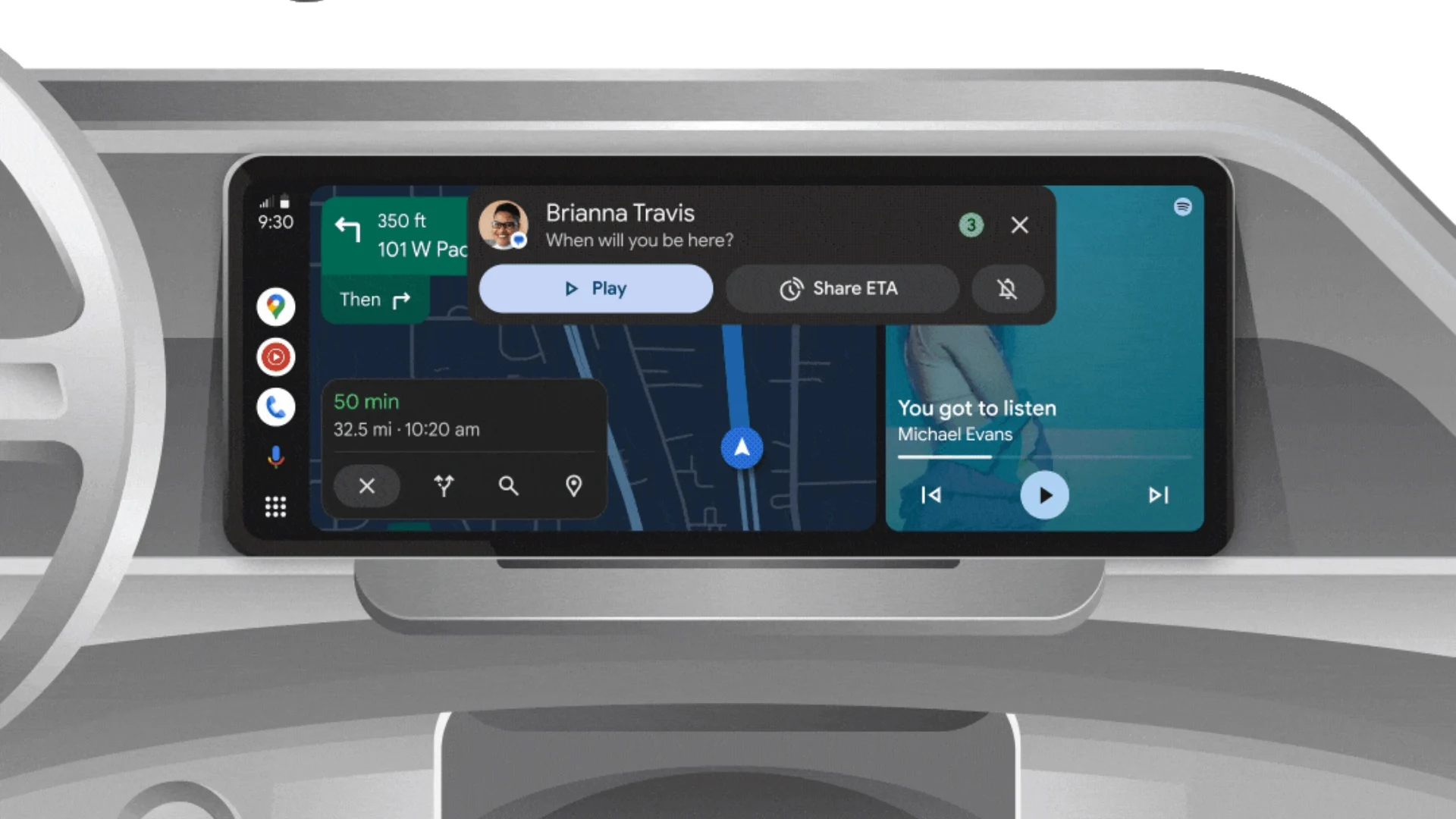
Android Auto is a helpful tool that lets you use your phone’s apps safely while driving. It connects your phone to your car’s screen, making it easier to use maps, music, and calls. One of the features many people like is the ability to change how Android Auto looks by switching between light and dark themes.
How to switch between light and dark themes
Android Auto offers two main themes: light and dark. The light theme uses brighter colors, which can make the screen easier to see during the day. The dark theme uses darker colors, which can be more comfortable for your eyes at night or in low light.
To change the theme, follow these steps:
- Open the Android Auto app on your phone.
- Go to the settings menu.
- Find the “Theme” option.
- Choose between “Light,” “Dark,” or “Set by car” (this lets your car decide the theme based on the time of day or your car’s settings).
Why themes matter
Using the right theme can make driving safer and more comfortable. The light theme is good for bright days, while the dark theme helps reduce glare at night. Having these options means you can pick what works best for you, making Android Auto easier to use in any condition.
In short, Android Auto’s theme options are simple to use and help you drive more safely by making the screen easy to see, no matter the time of day.
Google Drive and Files by Google get fresh updates for easier use

Google is rolling out some helpful updates to two of its popular apps: Google Drive and Files by Google. These changes are designed to make managing your files and watching videos much smoother.
First, Google Drive is getting a new video player. Now, when you upload a video to Drive and open it, you’ll notice a fresh look that matches Google’s latest design style. The controls, like play and pause, are easier to use and look cleaner. This update makes it simpler to watch videos directly in Drive without needing to download them first.
Meanwhile, the Files by Google app is also getting a makeover. The app is adopting Google’s Material 3 design, which means it looks brighter and more modern. The buttons and menus are easier to see and use, making it simpler to find, move, and organize your files. There are also new color options and improved icons, so everything feels more user-friendly.
Both updates show Google’s commitment to making its apps more helpful and enjoyable to use. Whether you’re watching videos in Drive or sorting files on your phone, these changes aim to save you time and make things less complicated. If you use these apps, keep an eye out for these new features—they should arrive soon!
-
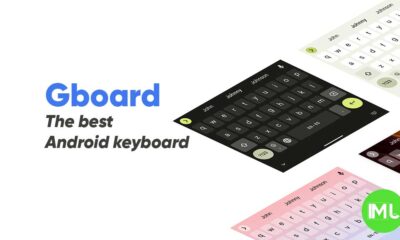
 Apps1 year ago
Apps1 year agoGboard Proofread feature will support selected text
-

 News1 year ago
News1 year agoSamsung USA crafting One UI 6.1.1
-

 Apps12 months ago
Apps12 months agoGoogle Contacts app testing new Besties Widget
-
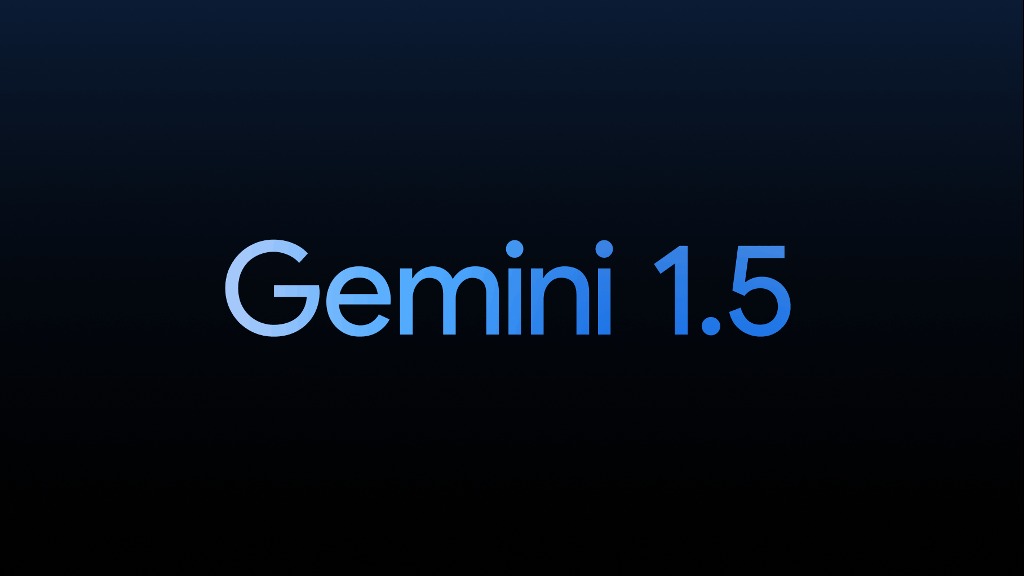
 AI12 months ago
AI12 months agoGoogle Pixel 9 Pro may come with a complimentary one-year Gemini Advanced subscription
-

 News1 year ago
News1 year agoBreaking: Samsung Galaxy S22 may get Galaxy AI features
-
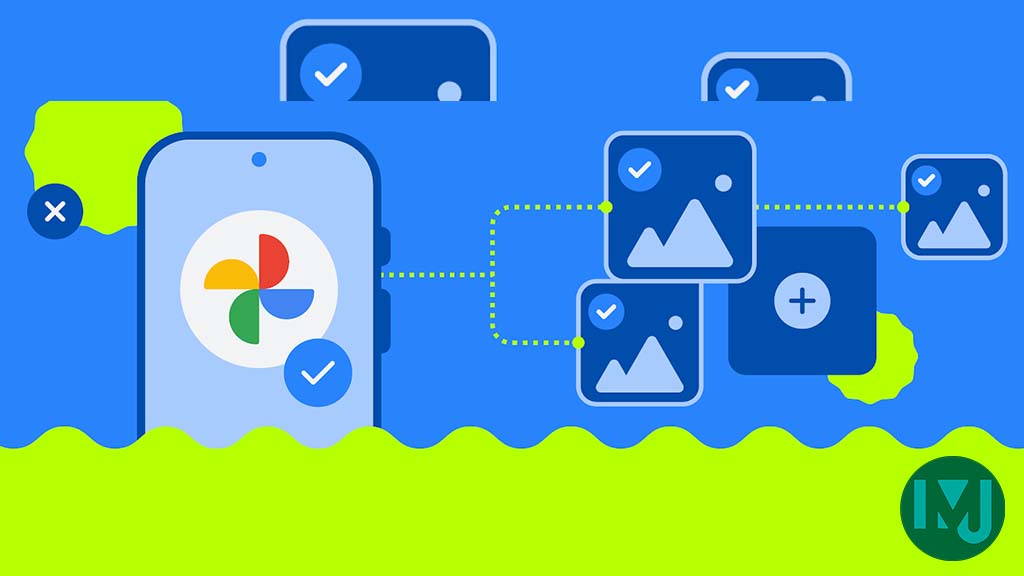
 Apps12 months ago
Apps12 months agoGoogle working on a new video editing feature for its Photo app
-
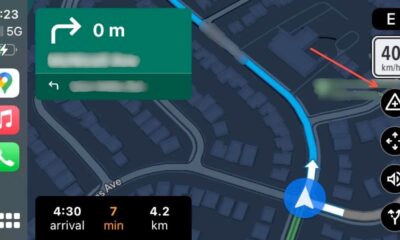
 Apps12 months ago
Apps12 months agoGoogle Maps lets you report traffic jams and accidents on Apple CarPlay, but not on Android Auto
-

 Apps12 months ago
Apps12 months agoGoogle Messages app will transform MMS chats into RCS

